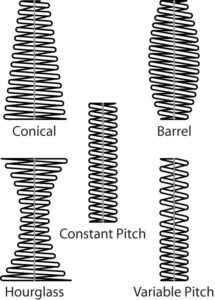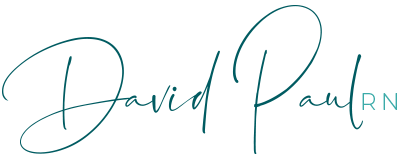
Qigong
I’ll review and critique a movement oriented discipline frequently so you can realize there is a lot out there besides the “stand up straight, sit up straight” instruction we’re all imprinted with so often in western countries. Qigong is one of those under appreciated, movement oriented disciplines out of Asia. It’s appears related to Tia Chi.

The Principles are the same no matter what your shape is. Balance is Key
From Wikipedia:
Qigong (/ˈtʃiːˈɡɒŋ/), qi gong, chi kung, or chi gung (simplified Chinese: 气功; traditional Chinese: 氣功; pinyin: qìgōng; Wade–Giles: ch‘i kung; literally: ‘life-energy cultivation’) is a centuries-old system of coordinated body-posture and movement, breathing, and meditation used for the purposes of health, spirituality, and martial-arts training. With roots in Chinese medicine, philosophy, and martial arts, qigong is traditionally viewed by the Chinese and throughout Asia as a practice to cultivate and balance qi (pronounced approximately as “chi”), translated as “life energy”.
Qigong practice typically involves moving meditation, coordinating slow-flowing movement, deep rhythmic breathing, and a calm meditative state of mind. People practice qigong throughout China and worldwide for recreation, exercise, relaxation, preventive medicine, self-healing, alternative medicine, meditation, self cultivation, and training for martial arts.
Because clinical research on qigong for its potential benefit in treating various diseases – such as hypertension, pain, and cancer – has been inconclusive due to poor quality, there remains no evidence that qigong has any therapeutic effect, as of 2016 (Wikipedia)
a Chinese system of physical exercises and breathing control related to tai chi. (Google Dictionary)
This from the National Qigong Association (NQA) at: https://www.nqa.org/what-is-qigong-
What is Qigong?Qigong can be described as a mind-body-spirit practice that improves one’s mental and physical health by integrating posture, movement, breathing technique, self-massage, sound, and focused intent. There are likely thousands of qigong styles, schools, traditions, forms, and lineages, each with practical applications and different theories about Qi (“subtle breath” or “vital energy”) and Gong (“skill cultivated through steady practice”). The mission of the National Qigong Association is to help each individual find a path that best supports their personal goals, and to evolve this amazing energetic science. According to the NQA’s video, Qigong has a positive effect on many human conditions including hypertension. Appears contrary to Wikepedia’s sources. It’s another one of those under appreciated movement disciplines that would not have continued to exist for thousands of years if it had not produced positive results for thousands of people. From a Perfect Posture standpoint Qigong is a very good positional orientation tool. Do it. Do a lot of it. There are some good videos out there. My problem with the videos I see, and the people I watch, is that they don’t seem to balance the shoulders directly above the knees. Many appear to be leaning back to me. In the Perfect Posture method the shoulders should be vertical to the knees so the upper body is relaxed, balanced upon those strong legs and buttocks. Move forward, shoulders forward. Move back, shoulders back. Consult the Perfect Posture review for the “tips” on where your balance points are while standing.
|

